Search
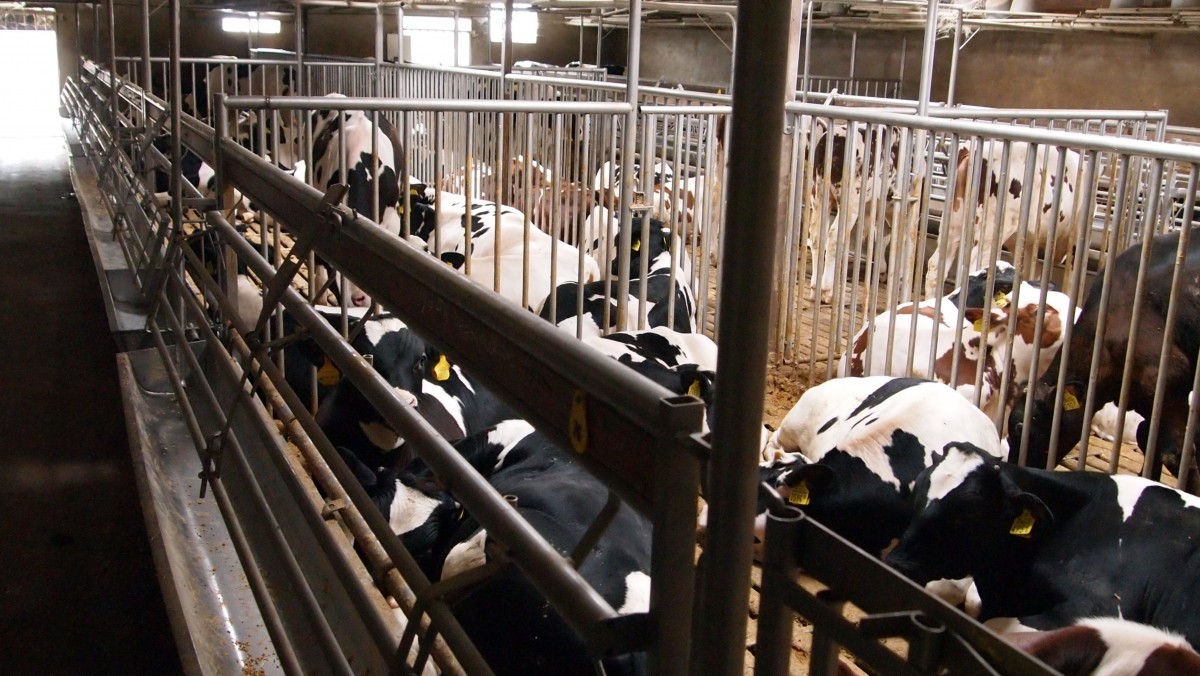
Feeding Distillers Grains: Mathematics vs. Biology
Corn distillers dried grains (DDGS) are valued by ruminant nutritionists because of their high nutrient concentration.
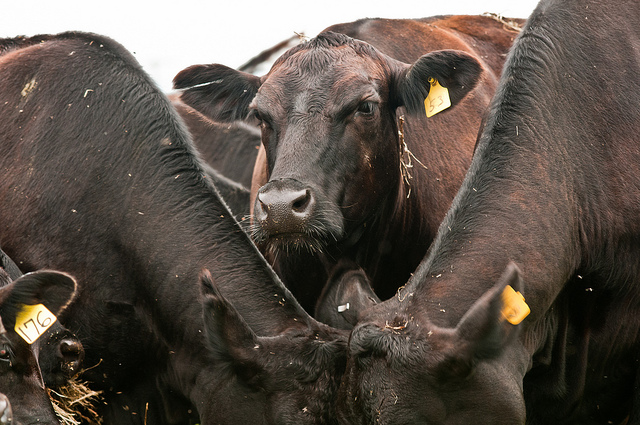
Feeding Drought-Stressed Crops to Cattle
Can drought-stressed crops be be utilized as feed? The answer is yes, if we know what the levels of nitrates are in the feedstuffs in question.

Limited Forage: What Are Some Alternatives?
Research has shown that a variety of feedstuffs can be utilized to meet the cows’ nutrient requirements with similar performance to hay or hay plus supplement ration.
Is it Done Yet? How to Determine Meat is Cooked Properly
“Is it done yet?” We all ask this question when cooking and there are a variety of methods that have been passed down to determine the ‘doneness’ of different products
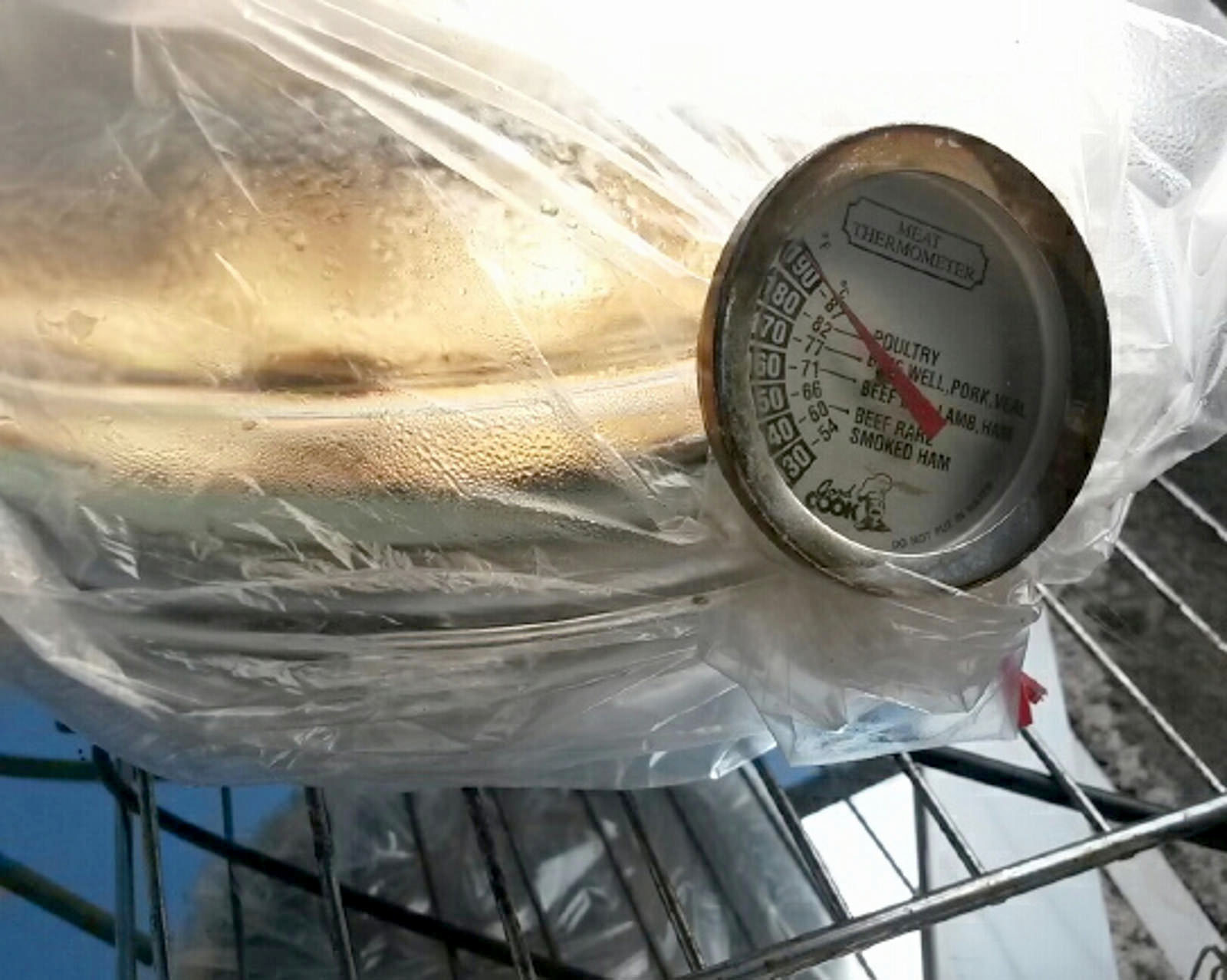
How to Calibrate a Meat Thermometer
A properly calibrated meat thermometer is key for achieving both meat safety and quality.

Reed Canary Grass: Possible Prussic Acid & Alkaloid Issues
Prussic acid issues with reed canary grass are poorly understood and may go unrecognized if they occur. This article addresses a little-known but interesting aspect of the biology of reed canary grass.
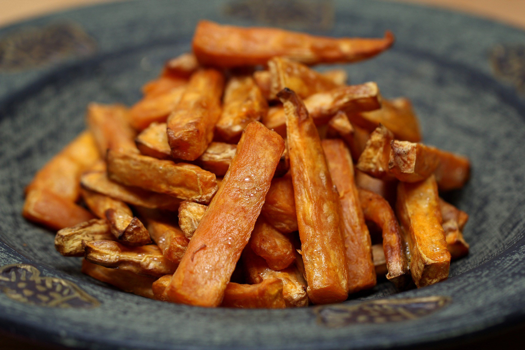
Root Vegetables & Sheet Pan Cooking
Stock up on root vegetables in the fall. They’re inexpensive and provide variety to meals when other fresh vegetables are out of season.
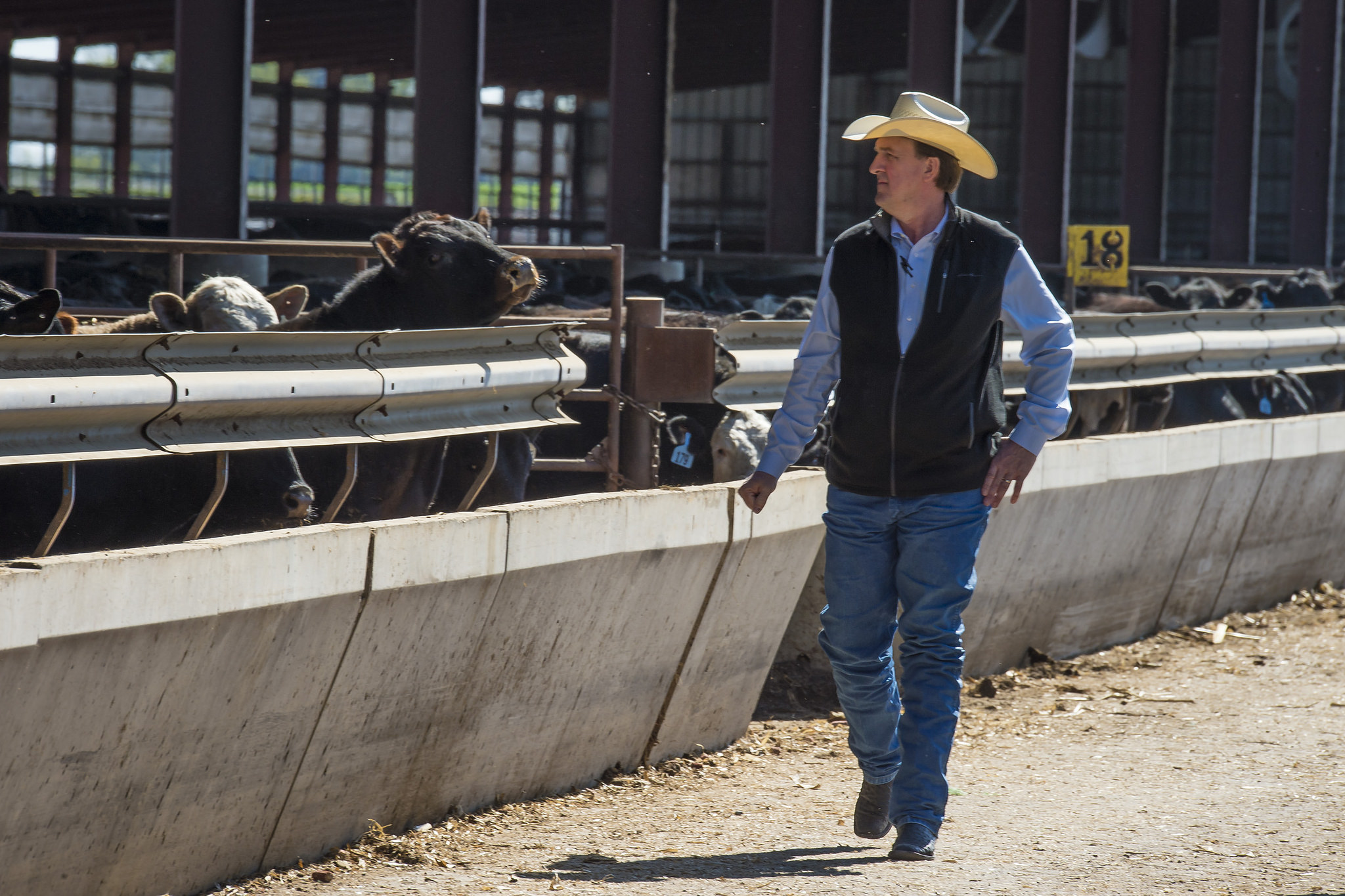
Making Use of “Ugly” Feeds
Feed does not have to be perfect to be useful. The key to making smart feeding decisions is knowing what the imperfections are and adjusting accordingly.

Silage Moisture Testing Tips
Two key points to keep in mind when making high-quality silage are moisture content before harvest and nutrient content before feeding.